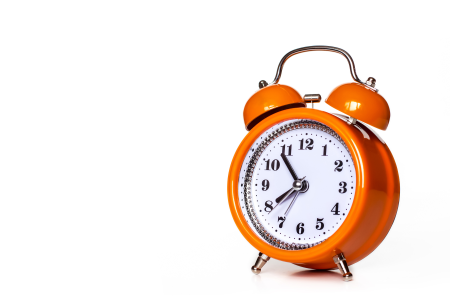And how much will your readers spend on your message?
Talk about TMI: Your readers receive the data equivalent of 174 newspapers — ads included — every single day, according to USC’s Annenberg School for Communication.

Too much incoming, too little getting in
But with all that incoming, very little information gets through to our readers. People spend, on average:
1. More than five hours a day on work and personal interpersonal emails, according to the 2019 Adobe Email Usage study. “Can we meet at 3?” “Here’s the report I promised.” “When can you get me the social media strategy?” “Meet for margaritas at 5?”
In other words, we spend the bulk of our days communicating interpersonally.
But that’s not the kind of information PR pros and other communicators are worried about …
2. 48 minutes a day reading for business, according to a study by The Economist Intelligence Unit and Peppercomm.
That includes The Wall Street Journal, The Harvard Business Review, the best trade publications in the business, PR Strategies and Tactics and other association publications, the latest leadership books, the HubSpot blog and more.
Whatever time remains — and that’s not much — may get divvied up between business-to-business brand content.
Let’s get real: How much of that 48 minutes are they spending with your white paper?
3. 16.2 minutes a day reading for fun, according to the 2019 American Time Use Survey from the Bureau of Labor Statistics.
Right now, I’m squeezing into my 16.2 minutes a day: Melissa Bank’s novel The Wonder Spot, Psychology Today, a guidebook on Uruguay and The New York Times.
That leaves virtually zero seconds for your email newsletter on “3 reasons you need an eye exam (even if you have 20/20 vision),” your message inviting me to share my thoughts on your business or other business-to-consumer messages.
Let’s get real: How much of that 16.2 minutes are they spending with your email newsletter?
How to get through to readers …
One way to reach readers with way too much to read and way too little time to read it is to give readers more for less. Give them more information they can use to live their lives better in less time and space.
Keep this formula in mind: The average reader reads about 200 words per minute. That means they’re reading, on average, 9,600 words a day for work and 3,240 for fun.
Does it make sense for you to ask them to spend a third of that on your blog post?
Let’s get real.
How long should your message be?
Would your message be twice as good if it were half as long?
Yes, the research says. The shorter your message, the more likely readers are to read it, understand it and make good decisions based on it.
 So how long is too long? What’s the right length for your piece? Your paragraphs? Your sentences? Your words?
So how long is too long? What’s the right length for your piece? Your paragraphs? Your sentences? Your words?
Find out at Rev Up Readability — our clear-writing workshop, which starts June 20.
There, you’ll use a cool (free!) tool to analyze your message for 27 readability metrics. You’ll leave with quantifiable targets, tips and techniques for measurably boosting readability.
Save up to $100 with our group discounts.
